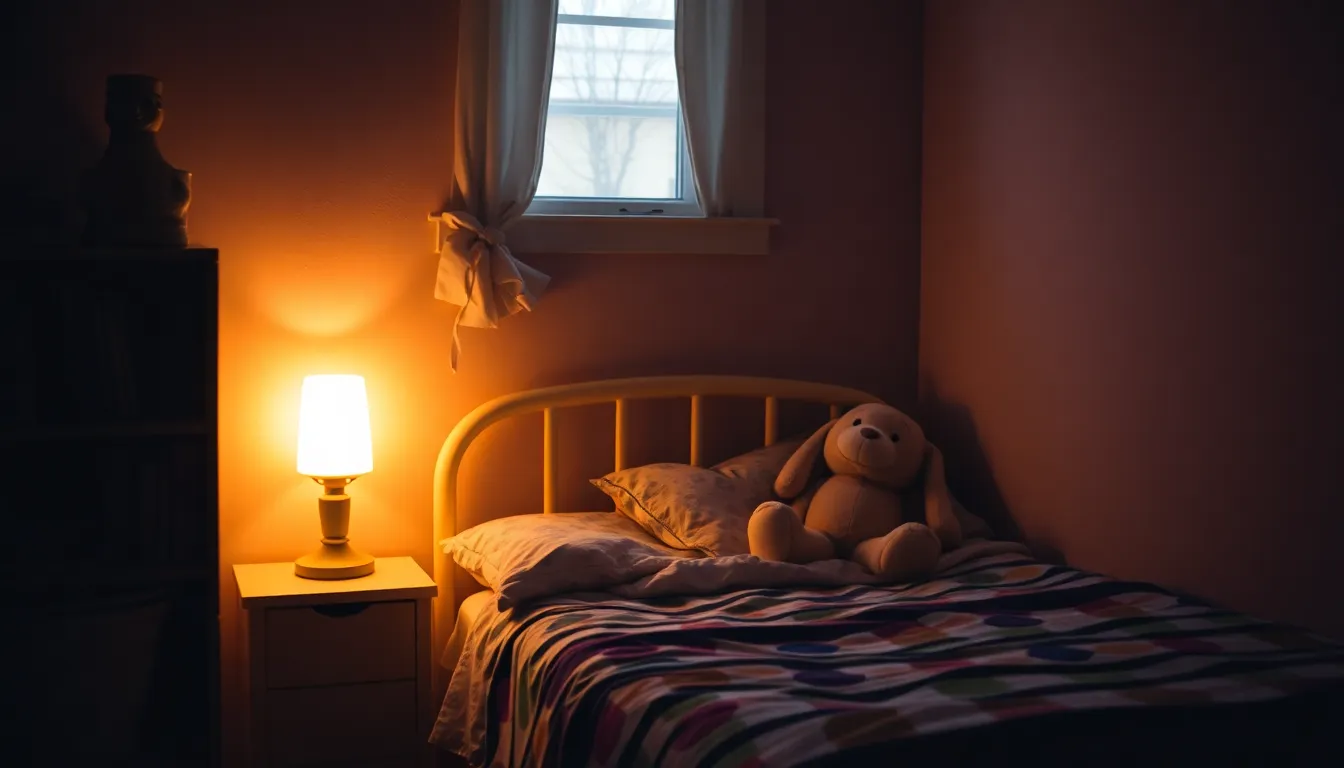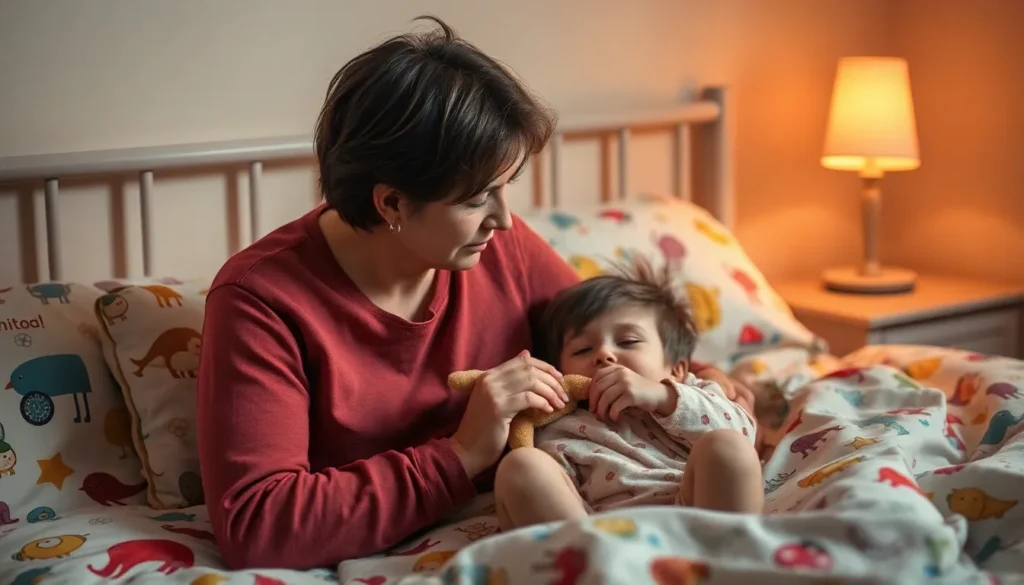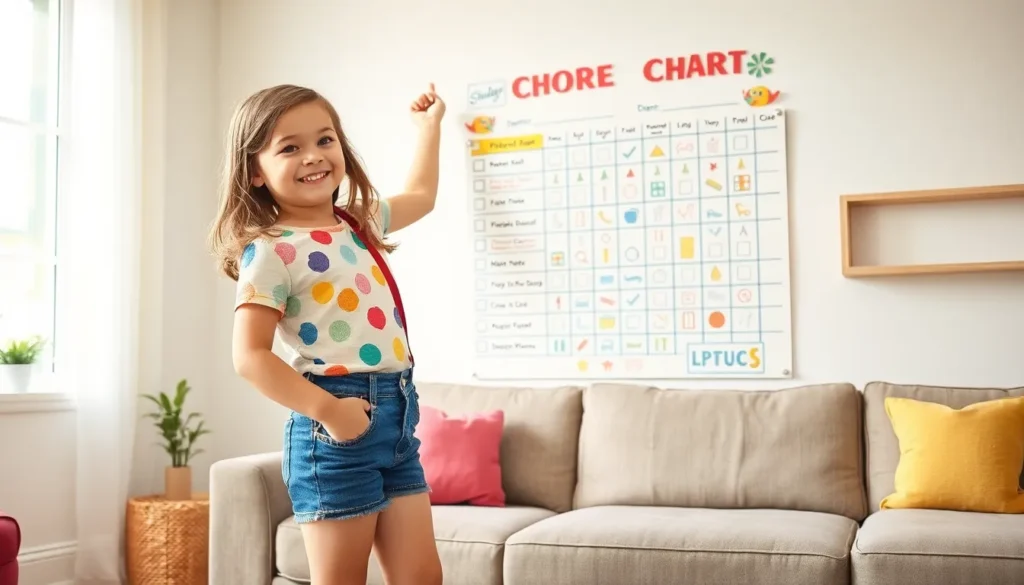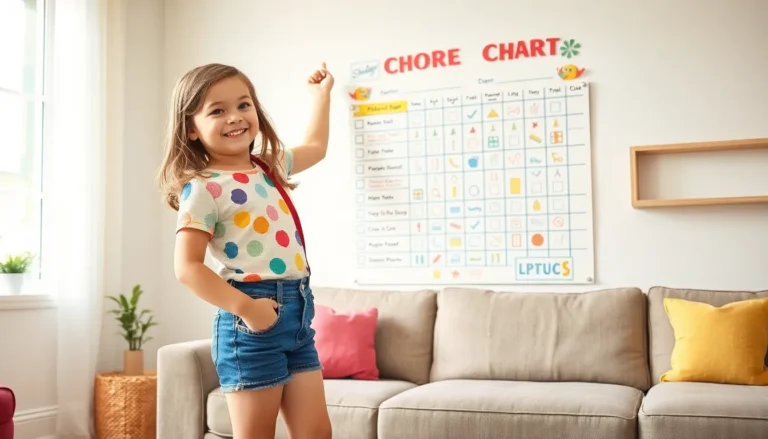Table of Contents
ToggleGetting kids to sleep can feel like trying to herd cats—chaotic and often futile. Parents everywhere know the struggle of bedtime battles, from the endless excuses to the last-minute requests for water. But what if there were simple solutions that could turn those nightly struggles into peaceful slumbers?
Overview of Child Sleep Solutions
Child sleep solutions encompass various strategies designed to improve bedtime routines and promote better sleep quality for children. Implementing consistent sleep schedules proves beneficial; going to bed at the same time each night helps regulate a child’s internal clock. Creating a calming bedtime environment also plays a vital role. Soft lighting, comfortable bedding, and minimal noise contribute to a peaceful atmosphere conducive to sleep.
Parents often find success through establishing pre-bedtime rituals. Engaging in quiet activities like reading or gentle stretches signals to children that it’s time to wind down. Additionally, limiting screen time before bed has shown positive outcomes, as exposure to screens can disrupt sleep patterns.
Some parents incorporate sleep training methods, which can range from gentle approaches to more structured programs. These methods teach children to self-soothe and learn independent sleeping habits. Expert recommendations suggest using a consistent approach and allowing for adjustment periods, as each child may respond differently.
Addressing common sleep issues also forms part of effective child sleep solutions. Nighttime fears or anxieties often need understanding and reassurance. Offering comfort items, like a favorite stuffed animal, can help ease a child’s worries. It’s crucial to remain patient and supportive during this process, as each child adapts at their own pace.
Finally, monitoring dietary habits aids in optimizing sleep. Avoiding caffeine and heavy meals close to bedtime contributes to uninterrupted rest. Overall, these child sleep solutions provide practical strategies to create a more restful and enjoyable sleeping experience for both children and parents.
Common Sleep Issues in Children


Sleep issues can disrupt both children’s rest and family harmony. Understanding these challenges is essential for effective solutions.
Sleep Disorders
Sleep disorders in children can include conditions like insomnia, sleep apnea, and restless leg syndrome. Insomnia manifests as difficulty falling asleep or staying asleep, impacting daytime energy levels. Sleep apnea occurs when breathing repeatedly stops and starts, often resulting in snoring and restless nights. Restless leg syndrome can cause uncomfortable sensations in the legs, leading to nighttime disruptions. Addressing these disorders often involves consulting pediatricians for diagnosis and treatment. Treatments may include lifestyle changes, sleep studies, or specialized therapies to improve sleep quality.
Behavioral Problems
Behavioral problems significantly contribute to sleep difficulties. Nighttime fears and reluctance to go to bed often arise among children. Frustration from bedtime battles can lead to anxiety about sleeping alone. Establishing a consistent bedtime routine helps minimize these issues. Creating a comforting nighttime environment, such as using night lights or offering favorite blankets, can alleviate fears. Encouraging children to express their worries before bedtime provides reassurance, fostering a sense of security. These behavioral strategies can aid in promoting better sleep habits overall.
Effective Strategies for Better Sleep
Improving children’s sleep can make a significant difference in their overall well-being. Several effective strategies exist to establish a better sleep routine.
Establishing a Bedtime Routine
Consistency is key in developing a bedtime routine. Setting a regular sleep schedule each night helps signal to the child that bedtime is approaching. Engaging in calming activities like reading or taking a warm bath can create a transition from daytime activities. Incorporating specific rituals, such as brushing teeth or singing a lullaby, adds predictability. Gradually winding down the evening with these established actions aids in relaxation. Establishing this routine not only promotes better sleep but also fosters a sense of security in children.
Creating a Sleep-Friendly Environment
A conducive sleep environment greatly influences a child’s ability to fall asleep. Dim lighting in the bedroom can signal the body that it’s time to rest. Keeping noise levels low and using blackout curtains ensures minimal disruptions. A comfortable mattress and soft bedding contribute to a more inviting space. Personalizing the room with comforting items, such as stuffed animals, can enhance feelings of safety. Designing a sleep-friendly environment is essential for effective sleep solutions.
Implementing Relaxation Techniques
Relaxation techniques play an important role in preparing children for sleep. Deep breathing exercises help calm the mind and body, reducing stress levels. Practicing gentle stretches before bed can also ease tension in muscles. Guided imagery or visualization techniques encourage positive thoughts, soothing anxious minds. Encouraging children to express their feelings through journaling can further promote relaxation. Implementing these techniques prepares children for a more peaceful night’s sleep.
Sleep Products and Tools
Parents can find various products and tools designed to support better sleep for children. These resources make bedtime easier and more effective.
Sleep Aids
Sleep aids offer practical solutions for creating a calming atmosphere at bedtime. Examples include white noise machines, which mask disruptive sounds and promote relaxation. Night lights also help ease anxiety by illuminating dark spaces, while weighted blankets can provide a comforting sensation, reducing stress. Essential oils, like lavender, may foster serenity and improve sleep quality. Choosing the right sleep aid depends on individual children’s preferences and specific sleep challenges.
Sleep Training Programs
Structured sleep training programs guide parents in teaching children self-soothing techniques. Programs often incorporate methods like the Ferber Method, focusing on graduated extinction, or the No Tears Approach, emphasizing comfort without prolonged crying. Each program varies in approach, allowing customization to suit family needs. Many parents find success by maintaining consistency, establishing clear bedtime routines, and gradually encouraging independence. Implementing these strategies enhances children’s ability to fall asleep on their own, promoting healthier sleep habits.







